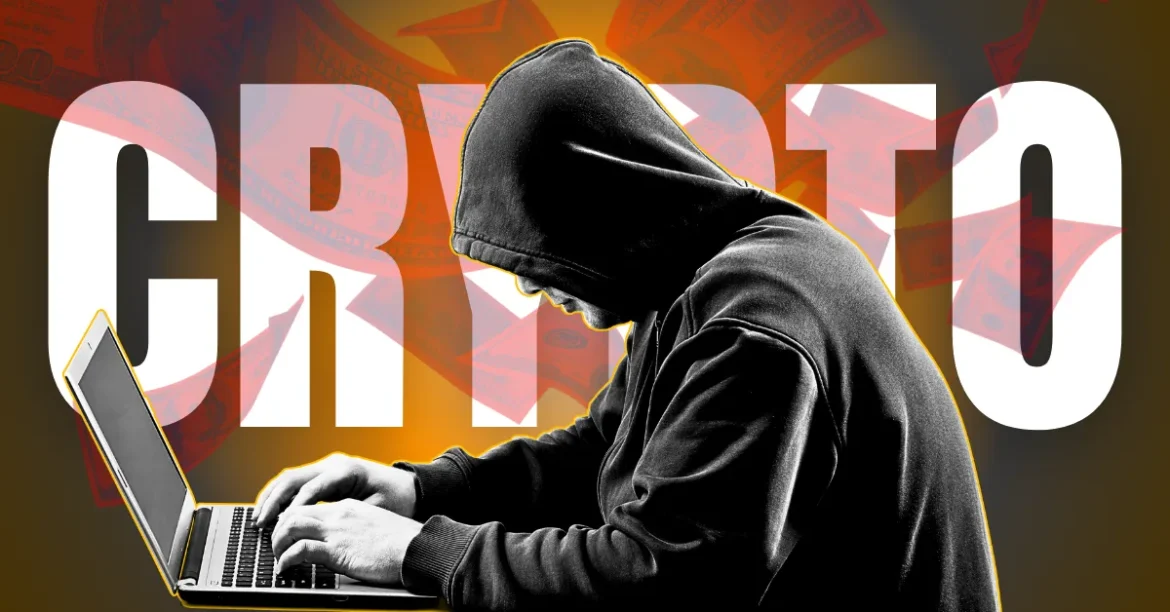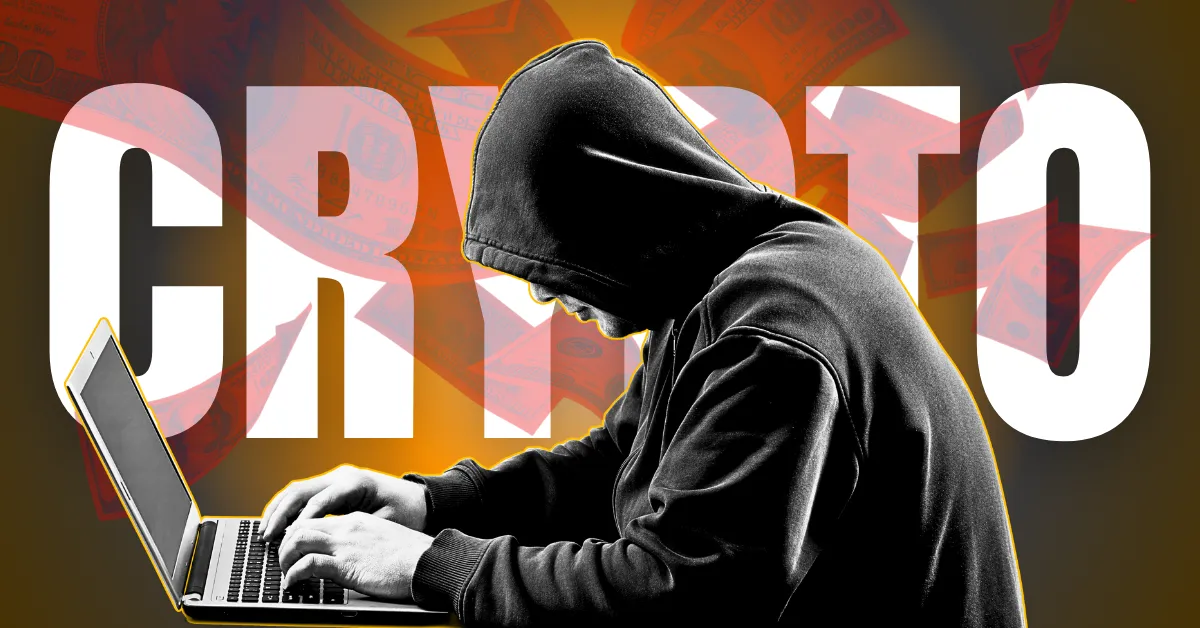The Nobitex Hack: A Digital Front in the Iran-Israel Conflict
The recent cyberattack on Nobitex, Iran’s largest cryptocurrency exchange, represents a significant escalation in the ongoing conflict between Iran and Israel, extending the battlefield into the digital realm. The breach, resulting in the theft of over $48 million (and potentially exceeding $81 million based on some reports) in USDT, was claimed by Gonjeshke Darande – a cyber group widely believed to be linked to Israeli intelligence. This incident isn’t isolated; it follows a prior attack on Iran’s Bank Sepah and is framed within a broader context of escalating tensions and accusations of terror financing.
The Attack and its Immediate Aftermath
The attack on Nobitex, occurring on June 18th, 2024, targeted the exchange’s hot wallet, compromising its reporting infrastructure. Initial reports indicated a loss of $48 million, primarily in Tether (USDT). However, subsequent analysis suggests the total stolen amount could be as high as $81 million, spread across Tron and EVM wallets. The speed of the attack and the precision with which the hot wallet was targeted point to a sophisticated operation.
Gonjeshke Darande, also known as Predatory Sparrow, took responsibility for the hack, explicitly linking it to the recent exchange of missile strikes between Iran and Israel. The group has a history of targeting Iranian institutions, and their motivation appears to be disrupting Iran’s financial infrastructure and exposing what they perceive as support for terrorism. They have threatened to leak Nobitex’s source code and user data, further amplifying the impact of the breach.
Nobitex has acknowledged the attack and pledged to fully reimburse affected users, assuring them that funds held in cold wallets remain secure. However, the incident has understandably shaken confidence in the exchange and raised concerns about the security of digital assets within Iran.
Nobitex: A Key Player in Iran’s Crypto Ecosystem
Nobitex isn’t merely a cryptocurrency exchange; it’s a central pillar of Iran’s burgeoning crypto market. With over 6 million active users, it processes a substantial portion – estimated at 70% – of all crypto transactions within the country. This dominance is particularly significant given Iran’s limited access to traditional international financial systems due to sanctions.
The exchange has actively positioned itself as a solution for Iranians seeking to circumvent these sanctions, even providing guidance on its website regarding methods to do so. This has attracted scrutiny from U.S. authorities, with senators expressing concerns about Nobitex’s potential role in facilitating money laundering and terrorism financing. Reports indicate a significant flow of funds – nearly $8 billion – between Binance and Nobitex, further fueling these concerns. The Iranian government’s reliance on Nobitex is underscored by the fact that employment at the exchange is recognized as fulfilling mandatory military service, highlighting its strategic importance.
The Geopolitical Context: A Digital Battlefield
The Nobitex hack is inextricably linked to the broader geopolitical tensions between Iran and Israel. The attack occurred days after Iran launched retaliatory missile strikes against Israel, following an Israeli airstrike on Iranian military and nuclear facilities. This timing suggests a deliberate act of cyber warfare, intended to inflict economic damage and send a political message.
Predatory Sparrow’s previous attacks on Iranian institutions, including Bank Sepah, demonstrate a pattern of targeting entities perceived as supporting the Iranian regime. The group’s framing of Nobitex as a “terror-financing tool” underscores their intent to disrupt Iran’s financial capabilities and isolate it from the global financial system.
The use of a vanity address containing the terms “IRGC” and “terrorists” by the attacker further emphasizes the political motivation behind the hack, directly linking it to Iran’s Islamic Revolutionary Guard Corps. This incident highlights a concerning trend: the weaponization of cyberattacks as a tool of statecraft and a means of escalating conflict beyond traditional military engagements.
Implications and Future Concerns
The Nobitex hack has several significant implications. Firstly, it underscores the vulnerability of cryptocurrency exchanges, even those with substantial security measures, to sophisticated cyberattacks. The targeting of hot wallets, which are used for quick transactions, remains a critical weakness.
Secondly, it demonstrates the growing importance of cybersecurity in the context of international relations. As geopolitical tensions rise, critical infrastructure – including financial institutions – are increasingly becoming targets for cyber warfare.
Thirdly, the incident raises questions about the role of cryptocurrency in circumventing sanctions and facilitating illicit financial activities. While cryptocurrency offers potential benefits for financial inclusion, it also presents challenges for regulators seeking to prevent its misuse.
Looking ahead, several concerns remain. The threat of further cyberattacks on Iranian institutions is high, particularly from groups linked to Israel. The potential for escalation, with Iran retaliating with its own cyberattacks, is a real possibility. The leak of Nobitex’s source code and user data, threatened by Predatory Sparrow, could have severe consequences for the exchange and its users, potentially exposing sensitive information and further eroding trust in the platform.
A New Era of Conflict
The Nobitex hack is not simply a financial crime; it’s a symptom of a new era of conflict – one where digital infrastructure is a key battleground. The incident serves as a stark reminder of the interconnectedness of cybersecurity, geopolitics, and the global financial system. As tensions between Iran and Israel continue to simmer, the threat of further cyberattacks remains a significant concern, demanding increased vigilance and proactive measures to protect critical infrastructure and safeguard the integrity of the digital ecosystem.





